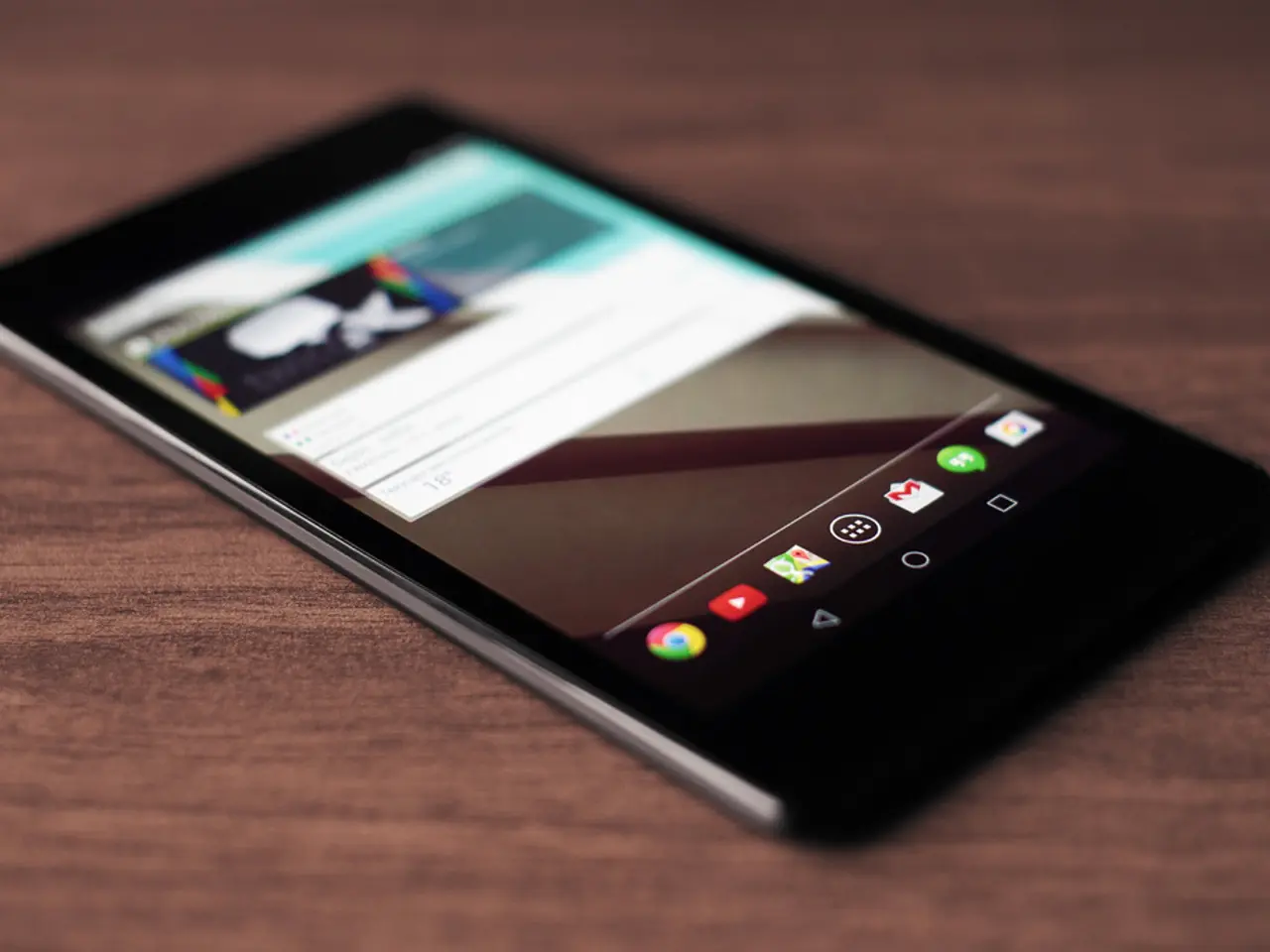T-Mobile launches new messaging platform accessible from nearly any destination
T-Mobile's T-Satellite Revolutionises Mobile Communication with SpaceX's Starlink
T-Mobile has launched a groundbreaking mobile service, T-Satellite, which leverages SpaceX's Starlink low Earth orbit satellite network to provide satellite-to-smartphone messaging. This innovative service allows users to send SMS text messages and share their location via satellite directly on supported smartphones, without the need for cellular coverage, apps, or special hardware.
How T-Satellite Works
The service operates by tapping into Starlink’s constellation of over 650 satellites, which broadcast a lightweight cellular signal compatible with many modern smartphones. When a phone loses traditional cellular coverage, it automatically falls back to connect to a Starlink satellite. The service works without requiring the user to manually activate it or open a special app; it functions natively on supported devices, provided the user has a clear view of the sky.
Key Features
Currently, T-Satellite offers basic SMS texting, location sharing via links, automatic fallback from cellular networks to satellite when signal is lost, and no need to download or activate additional apps. It also supports texting through some popular apps optimised for satellite data, like Google, WhatsApp, and Twitter.
Availability and Cost
Initially limited to T-Mobile customers, T-Satellite is now open to all US carriers, including T-Mobile, AT&T, Verizon, and others. It costs $10/month for most users, but is free for users on T-Mobile’s Experience Beyond or Go5G Next plans.
Future Developments
Future developments include free emergency texting to 911, enhancing safety in areas with no other coverage, which is planned later this year. Voice calls and full internet connectivity over satellite are not yet supported but may be future developments.
Use Cases and Impact
T-Satellite is particularly useful for people in cellular dead zones such as remote wilderness, off-grid work sites, or disaster areas. It has already been relied upon during disasters to maintain emergency communications. This service represents a significant move toward eliminating mobile dead zones by providing carrier-agnostic satellite coverage with widely compatible devices.
As of October 1, T-Satellite supports satellite-based data access and works with over 60 smartphone models, including the latest iPhone, Google Pixel, Samsung Galaxy, and various Motorola and Samsung A-series devices. The service aims to eliminate wireless dead zones across more than 500,000 square miles in the U.S., including national parks, deserts, and parts of Alaska, Hawaii, and Puerto Rico.
In summary, T-Mobile’s T-Satellite, powered by SpaceX’s Starlink, provides seamless satellite SMS and location sharing on standard smartphones without extra hardware, with current focus on text and emergency use cases, expanding to all carriers and more features soon.
- With the integration of SpaceX's Starlink technology, modern smartphones can now utilize T-Mobile's T-Satellite service for SMS texting and location sharing, even in areas without cellular coverage, eliminating the need for special hardware or apps.
- Leveraging the lightweight cellular signal from over 650 Starlink satellites, this innovative technology allows the latest iPhone, Google Pixel, Samsung Galaxy, and various Motorola and Samsung A-series devices to access satellite-based data access for SMS communication, making it possible to stay connected in remote wilderness, off-grid work sites, or disaster areas.




